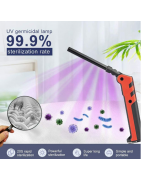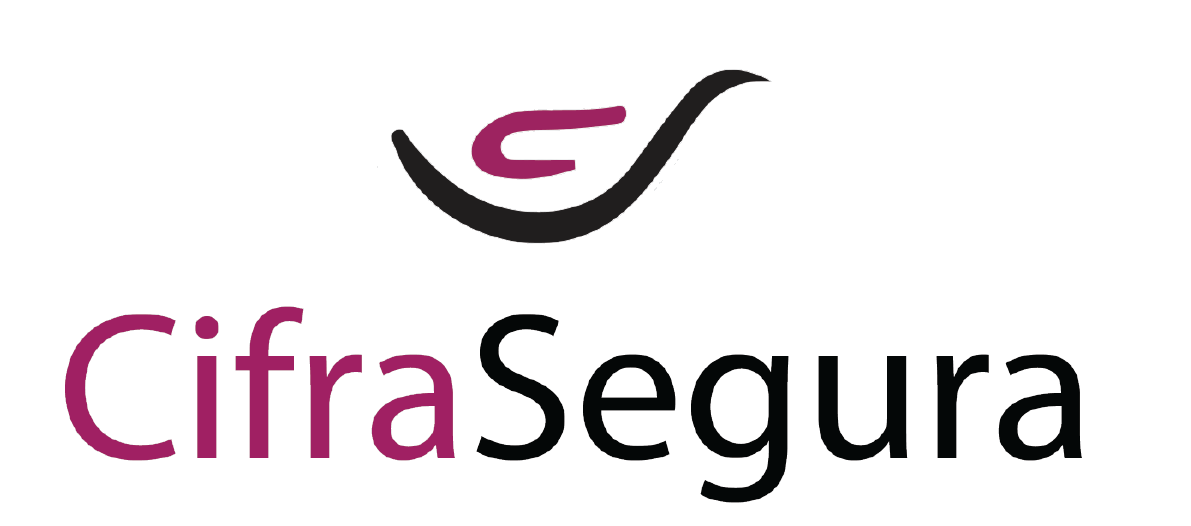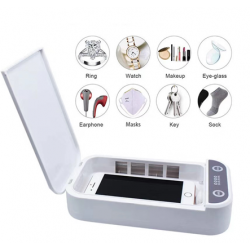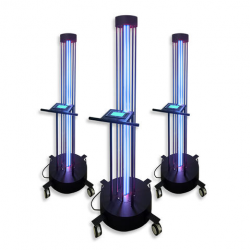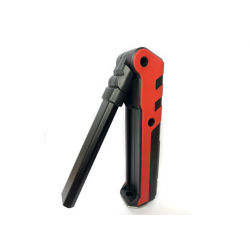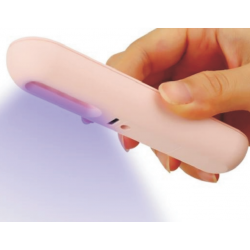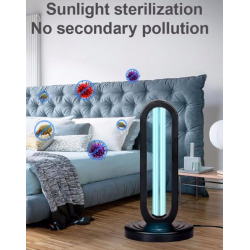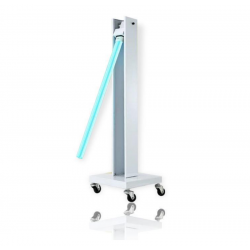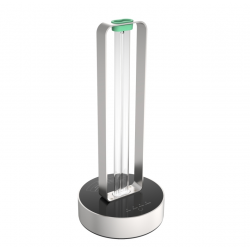UV-C Disinfecting
Important information about UV-C
UV sterilization is not a recent technology. It was discovered in 1879. The use of UV sterilization, or ultraviolet germicidal irradiation, has been shown to be extremely effective. Sources of UV sterilization can kill more than 99% of viruses, bacteria, and fungi in an extremely short period, and therefore, their regular use is advised.
The use of ultraviolet light systems has become common in healthcare facilities to disinfect patients and operating rooms. UV-C is also used in the night cleaning of laboratories and meat packaging facilities and other environments where the presence of bacteria, fungi and viruses are a problem. UV-C stands for Ultraviolet Germicidal Irradiation (UVGI).
HOW DOES UV-C DESTROY VIRUSES AND BACTERIA? The high energy of short-wavelength UVC light is absorbed into RNA and cellular DNA, damaging nucleic acids, and preventing microorganisms from becoming infected and reproducing.
Ultraviolet germicidal irradiation (UVGI) is a disinfection method that uses short-wavelength ultraviolet light (ultraviolet C or UV-C) to kill or inactivate microorganisms by destroying nucleic acids and disrupting their DNA, rendering them unable to perform vital cellular functions.
Investigations into UVC show that UVC degrades genetic material like DNA so severely that microbes or viruses hit by rays cannot multiply.
For this reason, UVC light disinfection has become popular, with hospitals, clinics, schools, companies and even for home use.
Does UV-C light destroy the CORONA virus?
There are very few tests with the Corona19 virus, as it is not yet accessible to equipment manufacturers. However, it has already been tested and proven to be effective against the SARS-CoV-2 virus, which is said to be as or more robust than Covid19.
YOU must not be present when disinfecting a space with UVC!
UVC light does not discriminate when it comes to damaging genetic material and can damage human skin and eye cells. Some specific UVC wavelengths have been linked to skin cancer or cataracts. It is important that sanitation procedures that use light, take this risk into account, and no one should be present when disinfecting the space. For this reason, most units are supplied with pre-programming and remote controls so that they can be activated remotely, and without being present.
In addition to not being present in spaces that are disinfected with UV-C, you should also not use UV-C light to disinfect your hands, or any part of your body, even with portable units.
How long does it take to sterilize a room with ultraviolet light?
It is estimated that 20-25 minutes of exposure to ultraviolet light are suitable for disinfection and 30 minutes of exposure are recommended for ultraviolet disinfection. Refer to the manufacturer's brochure for recommendations.
Is UVC safe for food?
UVC will kill the range of microbial contaminants, whether naturally occurring or the result of bio adulteration, including Listeria, Escherichia coli, Salmonella, Staphylococcus, and other microorganisms. UVC is safe to use, leaves no residue on the surface and does not chemically alter food products.
Do UV C lamps produce ozone?
As ozone can only be produced below 200 nm, at 253.7 nm (rounded to 254 nm), the germicidal wavelength does not generate ozone. In addition to the stronger 254 nm wavelength that does not produce ozone, UV-C lamps offer another layer of ozone protection.
Is it dangerous to breathe ozone?
Whether in its pure form or mixed with other chemicals, ozone can be harmful to health. When inhaled, ozone can damage the lungs. Relatively low amounts of ozone can cause chest pain, cough, shortness of breath and throat irritation.
It is advisable that after disinfecting a space using a unit that also generates ozone, that you open all windows for a period of 45 to 60 minutes to allow air circulation and renewal.
Is ozone a disinfectant?
Ozone (O3) is an unstable gas that comprises three oxygen atoms. Free oxygen atoms or radicals are highly reactive and oxidize almost everything (including viruses, bacteria, organic and inorganic compounds) in contact, making ozone an extremely powerful disinfectant and oxidizer.
Where should UV-C disinfection be used?
UV-C disinfection is useful in any space that is shared by many people, and where there is a risk of contamination. Such spaces as clinics, offices, nurseries, schools, old age homes and nursing homes. It also makes sense to be used in public and retail spaces that are frequented by many people.
The portable units were developed to be used as personal tools for disinfecting masks, personal and small items.
